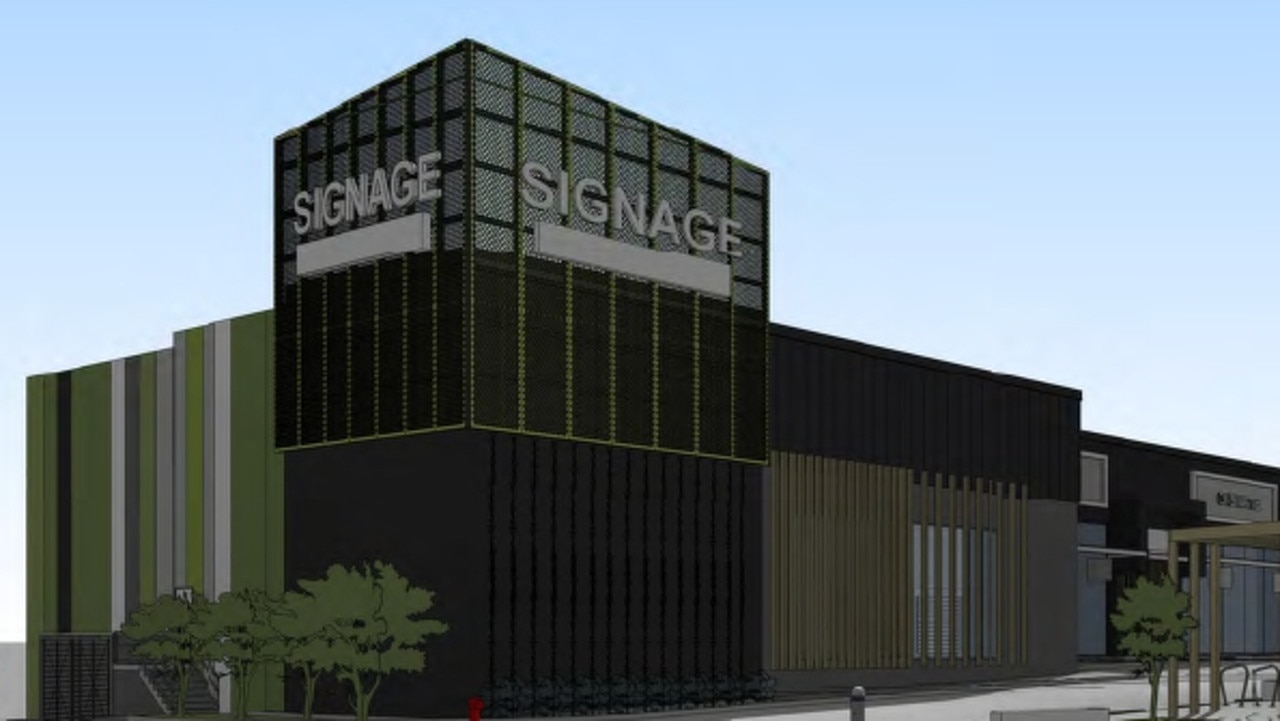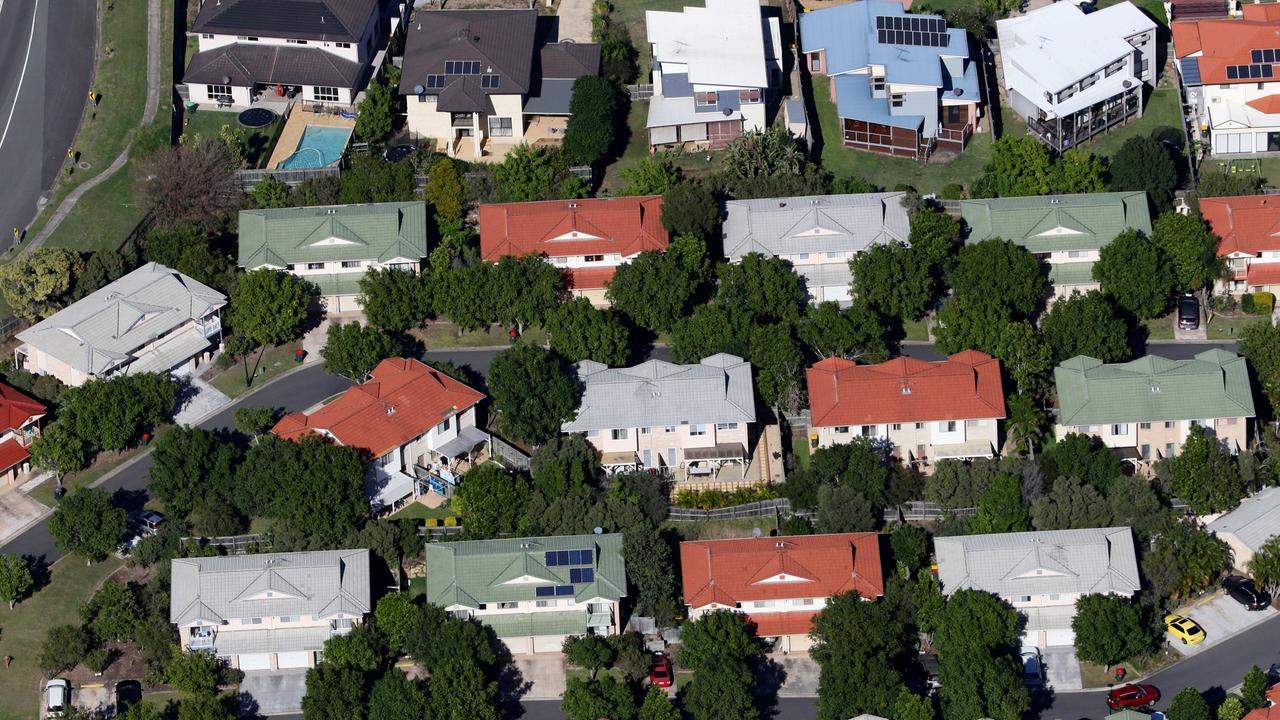Rent rises in each NSW suburb revealed
Renters in some Sydney suburbs are spending at least $20 more per day for a home than they were last year. See how rent has changed in your suburb.
Property
Don't miss out on the headlines from Property. Followed categories will be added to My News.
Tenants in parts of Sydney are shelling out $20 more per day than they were at this time last year – just for a roof over their heads.
PropTrack data revealed an explosive change in the rental crisis, with rents ballooning in rapid time due to soaring population growth and a further deterioration in vacancies.
The figures showed median rents climbed by more than $150 per week in close to 100 city suburbs over the past year. A further 280 of Sydney’s circa 700 suburbs recorded average rises of $80-$150 per week.
A $150 per week rise or more effectively meant tenants paying the new rent needed to channel at least $20 more each day into their housing cost than a year ago – or at least $7800 more a year.
Tenants’ Union of NSW CEO Leo Patterson Ross said the spectacular rent rises told only half the story.
“You have to consider too what tenants are living in,” he said. “Many renters are not in the same standard of place. We have seen more people renting homes with serious quality issues because they cannot afford what they used to.”
Many of the areas with the most extreme rises were located near the inner city and universities or were commuter areas with good public transport links into the CBD, according to PropTrack.
They included suburbs such as Haymarket, Millers Point, Forest Lodge, Turella, Ultimo, Kurraba Point and Zetland.
There were also huge rises in areas that, until recently, offered tenants more value for money.
Sydney’s inner south and southeast – long a popular and cheaper alternative to the eastern suburbs – was a prime example, with rents soaring in Hillsdale, Botany, Eastlakes, Kingsford and Eastgardens.
There were additional annual rent hikes of 25-30 per cent in the inner south west – still the cheapest region within a 20km radius of the CBD – including in Lakemba, Punchbowl, Wiley Park and Campsie.
PropTrack economist Angus Moore said there was a complex web of forces driving the rental crisis and the problems predated the record influx of migrants.
“The simple way to explain it is that there are not enough rentals for all the people who want to rent,” he said.
“We have extraordinarily low vacancy rates in Sydney and even lower vacancy rates in parts of regional NSW. It means homes rent exceptionally quickly and there is a lot of competition.
“For this situation to change, we need more rentals. We have to build more homes, much more, in fact, than we’re currently building.”
Some tenants claim the extreme rental conditions have given landlords disproportionate power over tenants – and many are abusing it.
Lauren Perry and partner Jason were booted out of two separate rental properties after being served “no grounds” evictions.
Ms Perry said it was a “horrific” experience that impacted her mental health.
The couple were told on both occasions that the landlord needed to sell or move back into the property, only to find their property back on the market advertised for rent while they were still packing up.
“We felt completely lied to,” Ms Perry said.
The couple said they took extreme measures to try and stay in their home the second time they were served a no grounds eviction.
“We even offered $200 extra a week,” she said, adding that the offer didn’t change the landlord’s mind.
The property was then advertised for rent for the same amount they had offered.
“There aren’t a lot of avenues for people to take,” she said, noting that community legal groups were of limited help because they were helping so many other people.
Each move dealt a heavy financial blow, Ms Perry said.
“It was a huge financial cost each time with removalists and we both had to take time off work to see properties because more of those listings are being seen during the week.”
Mr Patterson Ross said incidents like the one experienced by Ms Perry showed urgent rental reform was needed, along with a government rethink of the types of homes getting built.
“We have been building mostly what’s profitable, not what’s needed in the community,” he said.
“Squeezing more one-bed and two-bedroom units into a building may make it more profitable for (the builder) but it’s not what the community needs and it’s not what’s going to improve affordability. We need to build with more intention and in ways that serve the community.”




